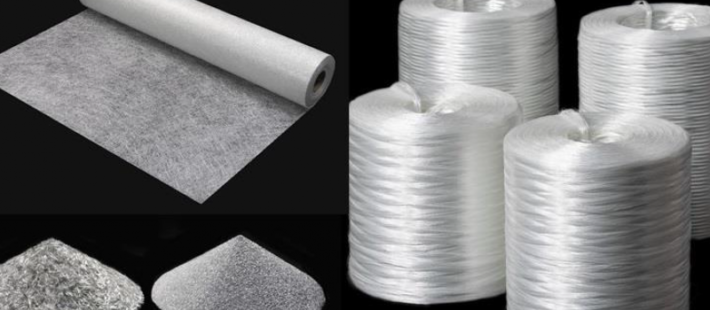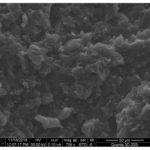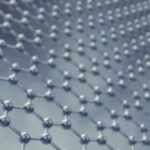The European Composites Industry Association (EuCIA) announces the addition of new data for glass fibres to its Eco Impact Calculator, the online tool which enables composites companies to calculate the environmental impact associated with the production of their products.
Free to access on EuCIA’s website, the Eco Impact Calculator is an easy to use cradle-to-gate life cycle assessment (LCA) tool which is regularly updated to incorporate the latest advances in composite materials and process technologies. The new glass fibre data follows the availability of new data for carbon fibres announced in February and reflects EuCIA’s continuing efforts to satisfy evolving industry needs.
Industry-based LCA data
GlassFibreEurope, the Brussels-based European Glass Fibre Producers Association, has produced a new, EU average, peer reviewed set of LCA data for glass fibre products based on the most recent industry manufacturing practices. This data, which includes multi-end and direct roving, dry chopped strand and for the first time glass fibre mat products, has been entered into the ecoinvent databases. With the assistance of EY Climate Change and Sustainability Services (EY CCaSS) in the Netherlands, EuCIA has also imported this data into the Eco Impact Calculator. EuCIA has decided to maintain both the existing and new data sets as material choices in the tool to allow the industry to transition at its own pace.
“GlassFibreEurope is committed to demonstrating glass fibre’s contribution to sustainable development, innovation and quality of life. The European glass fibre industry has made a concerted effort to provide the most up-to-date industry-based LCA data and we are excited that this is now available to use through EuCIA’s Eco Calculator,” states Dr. Axel Jorns, Permanent Representative of CAA – Carl-August Advisory srl, and Secretary General of FibreGlass Europe.
“EuCIA strongly believes that sustainability and the circular economy are key to the future development of the composites industry. Glass fibre is the most widely used reinforcement for composites and this valuable new data from GlassFibreEurope represents the state of the art of the glass fibre industry. The Eco Calculator is a ‘living’ tool and we will continue to review the database and add to it as new and improved technologies enter the market,” comments EuCIA’s President, Roberto Frassine.
Embracing life cycle thinking
Customers in all industry sectors are increasingly asking for detailed information on the environmental impact of composite products and components. EuCIA’s Eco Impact Calculator calculates the eco footprint of composite parts using a transparent and uniform sector methodology for processes following ISO 14.040/044. The Eco Calculator calculates the environmental impact of products from cradle to gate, including the raw materials, transport, processing and waste generation up to the point of sale. The calculation of consecutive manufacturing processes is possible as well as modified materials. Users do not need any in-depth knowledge of LCA techniques to use the tool and the data can be exported in the form of an Eco Report to allow full life cycle calculations.
The Eco Calculator incorporates a pre-defined set of materials and processes, based on data EuCIA has collected over the past four years. Users are also able to enter their own data to generate a more precise result for their individual products and processes. The materials and processes included in the tool are under continuous review for quality and consistency, and new data is regularly added to extend and improve its scope and accuracy.
The Eco Impact Calculator is available free of charge at ecocalculator.eucia.eu.












